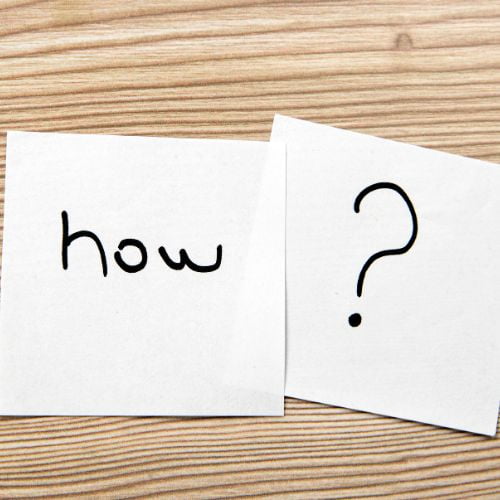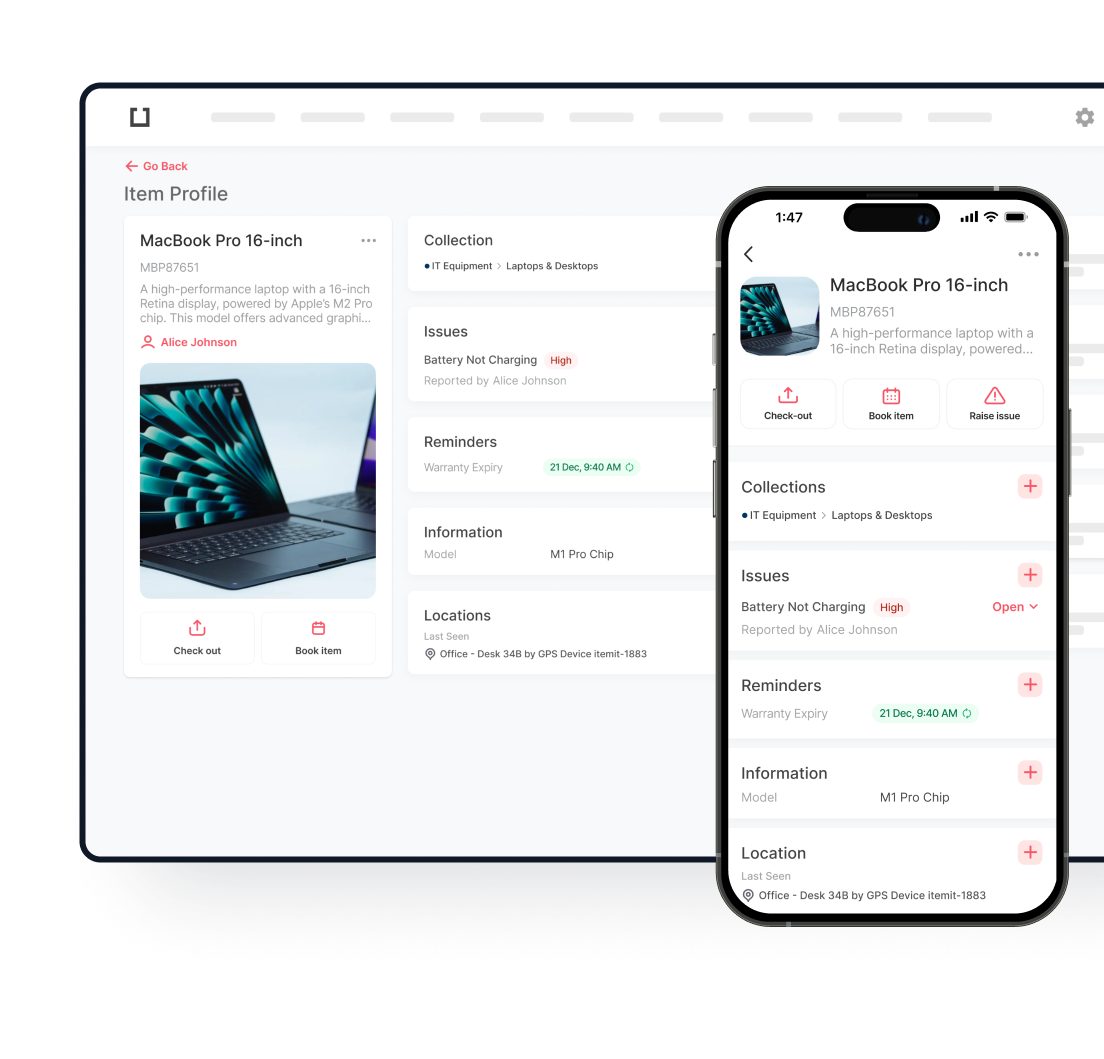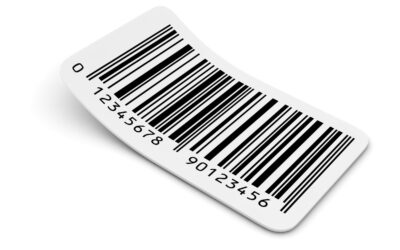
What Exactly Is Asset Tracking?
Some tracking software also comes with features that allow you to check your assets out and back in again. Others also allow you to organise everything into collections for easier access. Tracking your assets via the latest software usually allows you to do so much more than you may realise. As such, you can have better control over every asset.

How To Start Tracking Your Assets
What Are The Best Assets To Track?
Tracking Fixed Assets
Which Industries Can Use Tracking Software?
- Construction
- Education
- Healthcare
- Office and warehouses
- Large and small technology companies
- Manufacturers
- Retailers and wholesalers
- Gardeners
- Sole traders
- And everyone in between
Almost every industry and every sector can benefit from using tracking software. As long as there are assets to track, your industry could harness the power of this groundbreaking software.
Taking Control Of Your Assets
Keeping Assets In A Good Condition
When you use software that works for you it can help you to keep everything in good condition. The feature that allows you to set reminders enables you to keep on top of maintenance. You could do this by setting maintenance reminders for every asset. As long as someone from your maintenance team receives the right notifications they can see what needs to be repaired.
So what does this mean for the condition of your assets? It means they are more likely to be in a better condition. Consequently, they can last a little or a lot longer, helping to save you money. It also means that you and your colleagues have more assets that are in good working order, all of the time. This is just one of the benefits associated with using tracking software.
Would you like to speak with an asset tracking expert about tracking your assets? Contact us today at team@itemit.com.

Try itemit
Choose a better way to track
your assets.
Start your free 14-day trial now!

Keep Learning
itemit Blog
Tips, guides, industry best practices, and news.
What Is Active RFID? A Complete Guide to Smart RFID Tags
Discover what Active RFID is, how active tags function, and the key benefits and use cases that make this technology essential for modern tracking systems.
Everything You Need to Know About 2D Barcodes
Discover everything about 2D barcodes, including how they work, their benefits, and how they are revolutionizing industries and improving business operations
Complete Guide to Asset Lifecycle Management and Its Benefits
Learn about asset lifecycle management and how it helps businesses optimize asset usage, reduce costs, and improve efficiency throughout the asset’s life.



